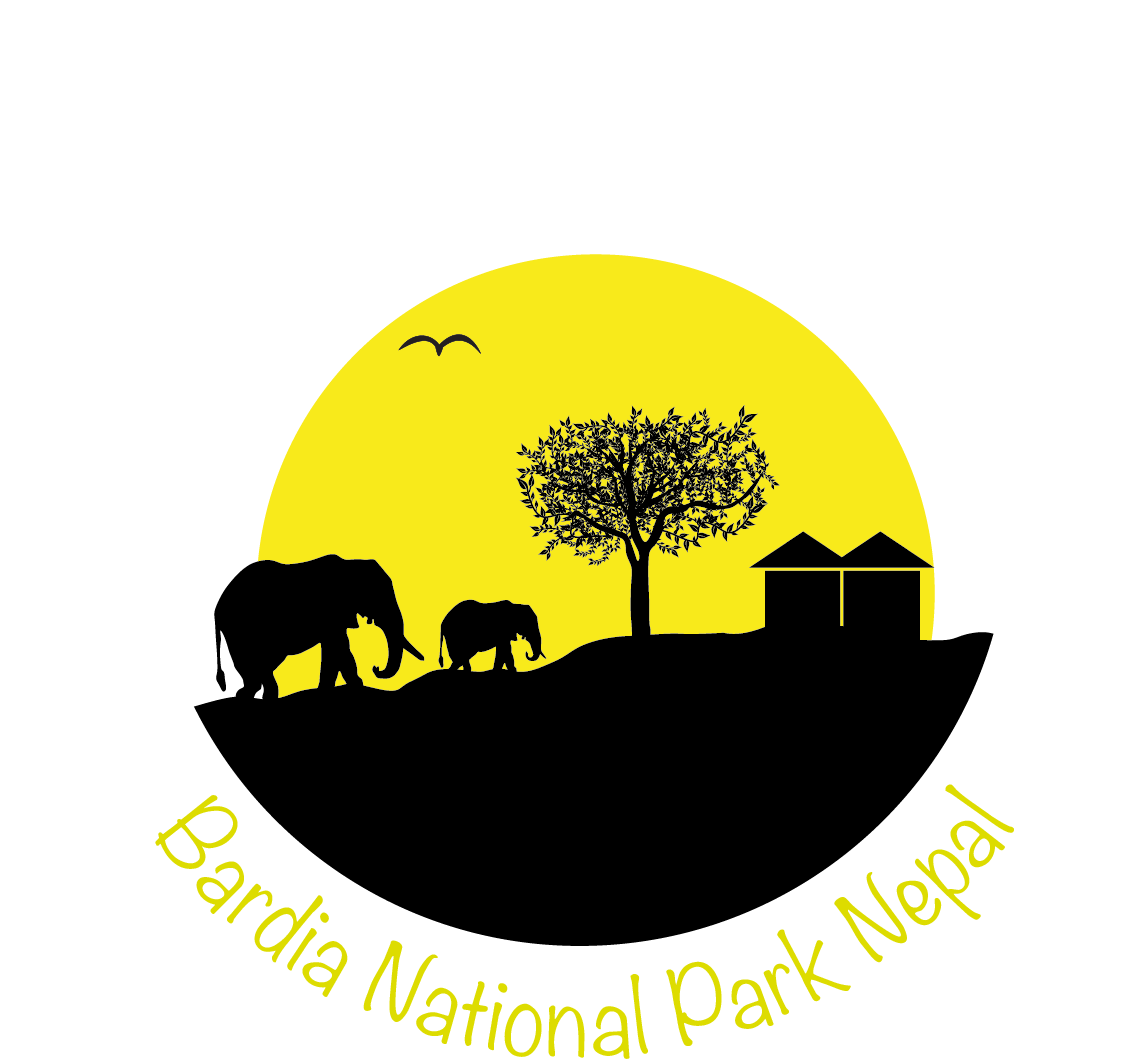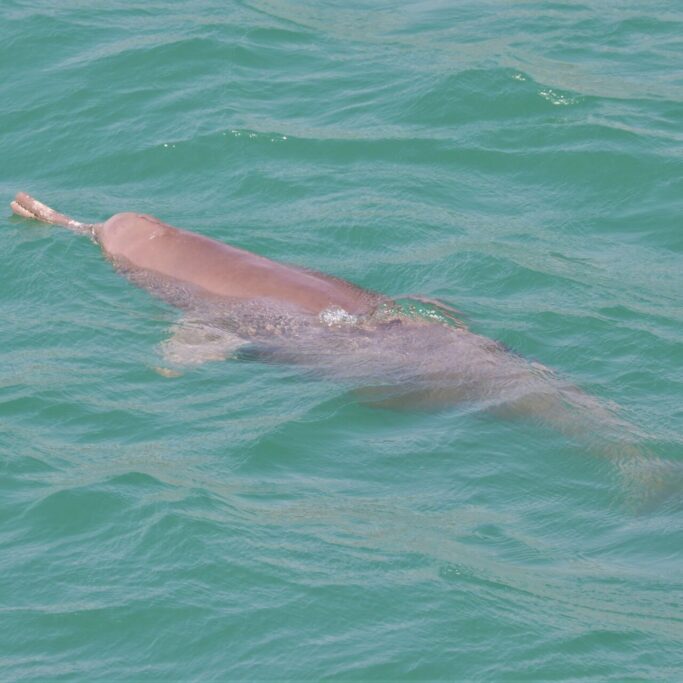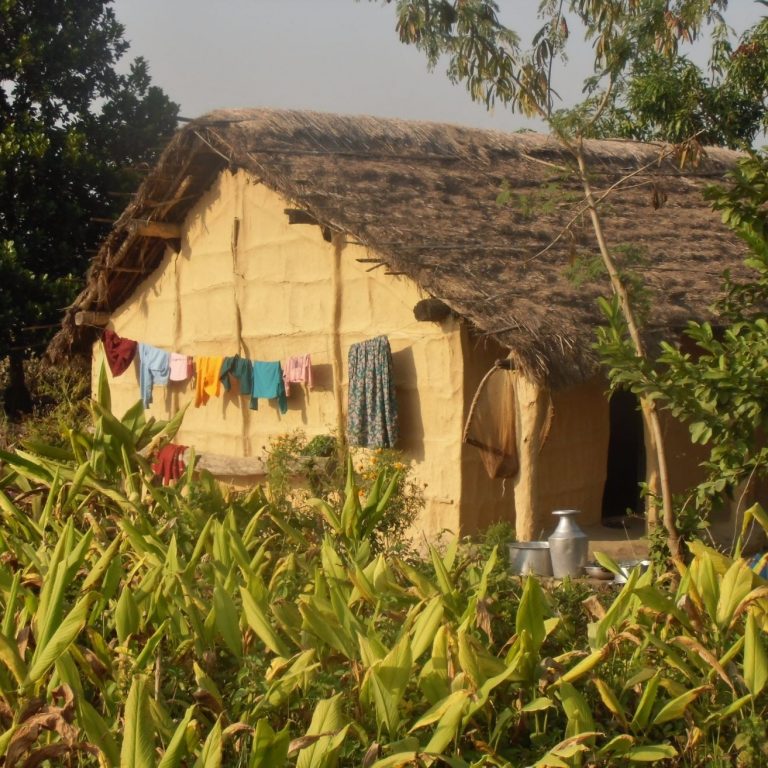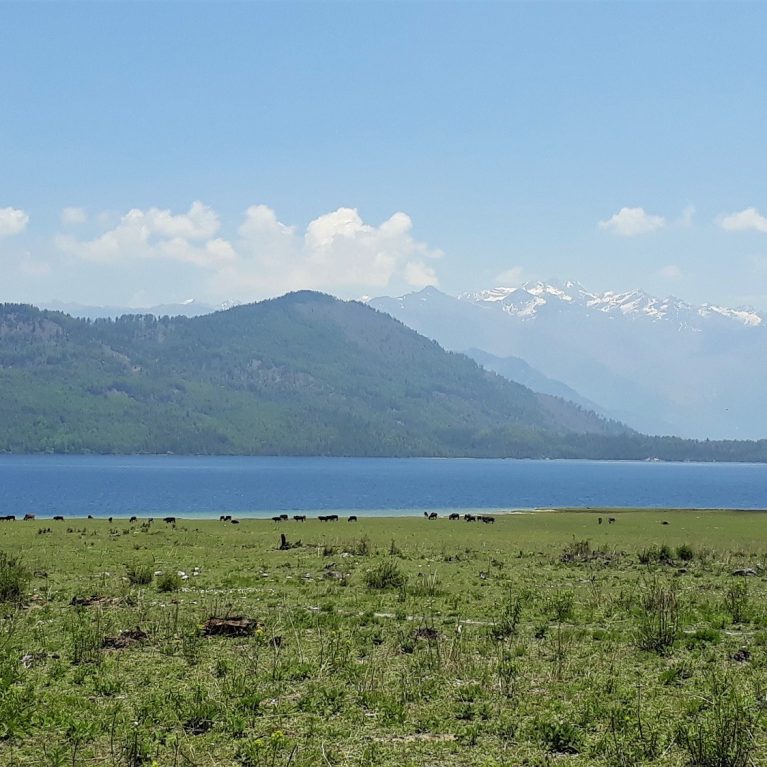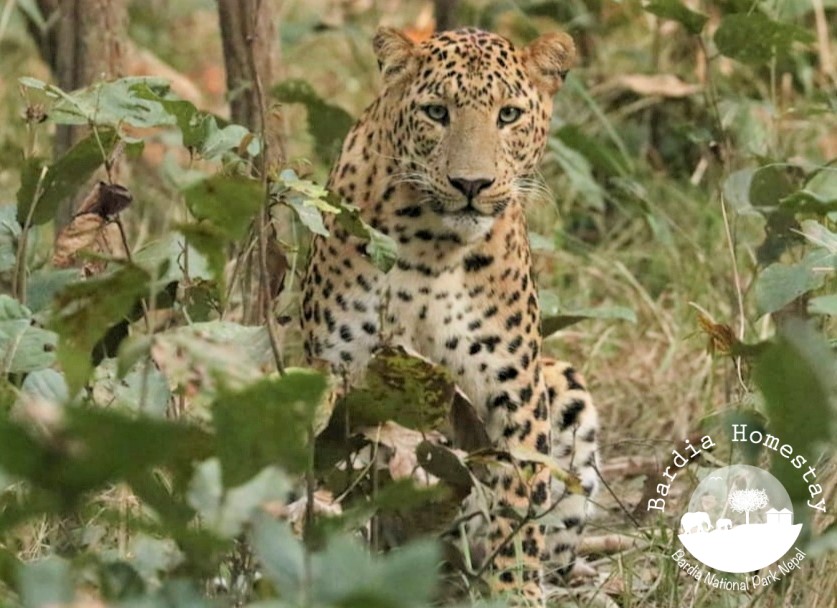Discover Bardia National Park
Bardia National Park is one of Nepal’s best kept secrets. Located in the Terai region it is Nepal’s largest national park and wilderness area, protecting 968 km² of sal forest, grassland, savannah and riverine forest. On the west side it’s bordered by the Karnali River and it’s bisected by the Babai River in the Bardiya District. The foot of the Siwalik Hills marks the northern boundary of the park.
It’s not overrun by tourists and there are excellent opportunities to spot endangered species of wildlife. We also call the park ‘Tigerland’, because the king of Bardia is the Bengal tiger. In July 2022 we were delighted to hear the news that the tiger population in Bardia National Park has grown from 87 in 2018 to a whopping 125 in 2022 which is 35% of the population in Nepal! But Bardia is also the habitat for the wild Asian elephant, the greater one-horned rhinoceros and the leopard.
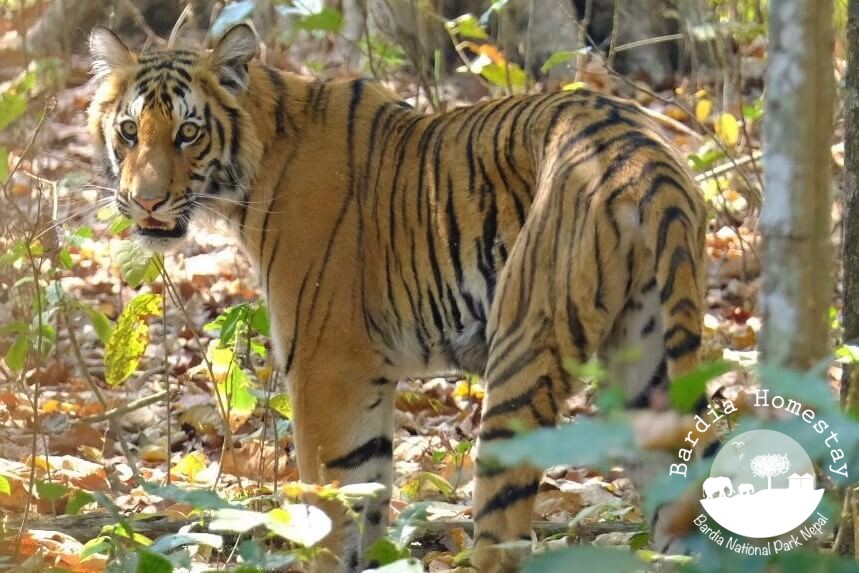
The park is surrounded by idyllic villages and fields inhabited by an indigenous ethnic group named the ‘Tharu’ who have their own unique language, customs and traditions.
If you really want to enjoy Bardia, don’t be in too much of a rush. You’re welcome for a short time, but we advise you to stay at least 4 to 5 days. This gives you the opportunity to discover Bardia National Park in different ways and it will increase your chances to see the wildlife. Get inspired by our 5-16 days tours in Bardia National Park & West Nepal that can help you to make the best of your time in Nepal.
The best time to visit Bardia and Far West Nepal
Every season in West Nepal has its own charm and special activities or festivals.
When to visit Bardia National Park and Shuklaphanta National Park
The main season is from early October till mid-December and the start of February till the end of May. The temperatures during those months vary between 25 up till 37 degrees and animals will move to the river to drink or have a bath. The best months to spot the Bengal Tiger in Bardia National Park are November, March, April and May. Bird lovers might want to come in February when there are many migratory birds.
From mid-December onwards till the end of January it can be more chilly in Bardia and sometimes we have foggy weather. But campfire will be ready to warm you up in the evening!
The monsoon that lasts from mid-June till the 1st week of October brings rainy days. The landscape in this time of the year is very green and lush and above the rice fields there are blue skies with white clouds. The rising river levels can make access to both parks by jeep or by walk difficult. In Bardia National Park it is a perfect time for a rafting trip and there are good chances to spot the rare gangetic river Dolphin.
When to visit Khaptad and Rara National Park
In general the best time to visit is from the half of October till half of December and the start of March till the end of May.
From the half of December the winter kicks in and temperature drops. Both national parks will be covered with snow and trails are not accessible.
During the monsoon time hiking trails in the hills and mountains are slippery and muddy and that makes it difficult to walk in Khaptad and Rara National Park.
